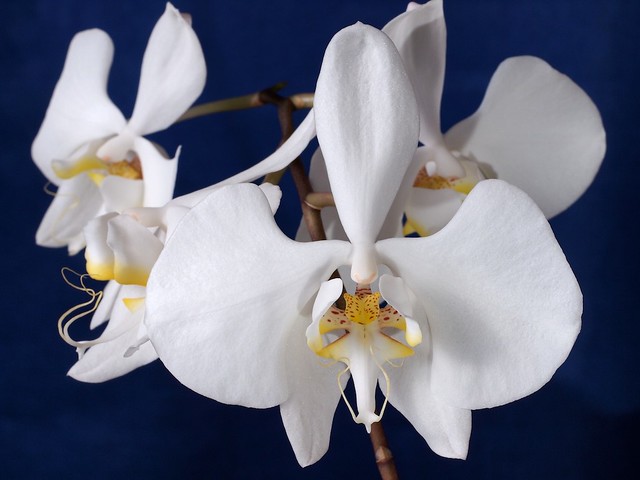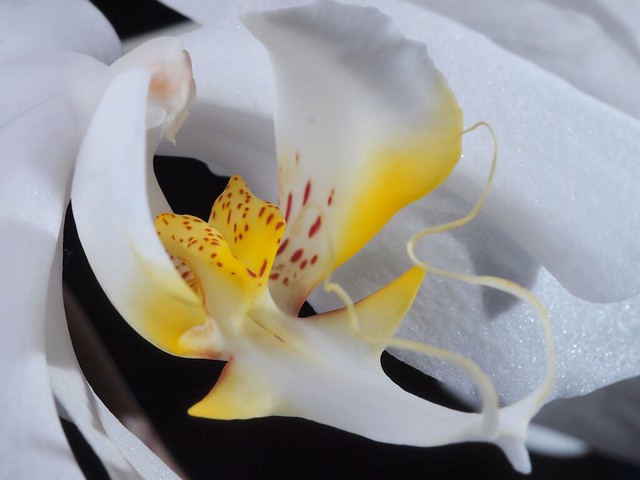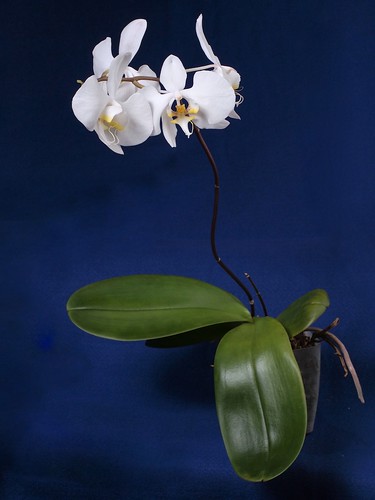naoki
Well-Known Member
The ranwild link (in the 1st post) mentions that the ones called P. amabilis formosana from Taiwan seems to make more flowers (10-15) of smaller sizes per inflorescence than ones from Indonesia. He thinks that many of them have P. aphrodite's callus (the additional bump in the posterior side), so it should be a variety of P. aphrodite. But he has seen some with P. amabilis type callus (one in his "clump" type). The classification of "fomosana" seems to be somewhat confusing.
It's likely most of the regional variations are erased in cultivated plants (due to mixing), but it's interesting to look at the natural variation (his collection has fairly reliable source information).
It's likely most of the regional variations are erased in cultivated plants (due to mixing), but it's interesting to look at the natural variation (his collection has fairly reliable source information).







































